Are you interested in how Montana’s legendary elk hunting extends beyond the regular season into the unique period called “shoulder season”? It’s a chance to hunt elk under clear Montana skies, exhilarated by the opportunity for a special hunt barely known to outsiders.
Shoulder season hunting tends to be more challenging, requiring strong relationships with private landowners. Understanding the subtleties of Montana’s hunting seasons can make your next big game adventure all the more enriching.
In this article, we’ll detail the ins and outs of Montana’s elk hunting shoulder season, from the purpose to the hunting dates, and what you can expect when you head out. If you’re an experienced hunter looking to expand your hunting horizons, or if you’re a Montana local keen to understand the state’s wildlife management better, this article is for you.
- Related article: Montana Elk Hunting
So, are you ready to rethink your next hunting season? Join us as we unlock the secrets of Montana’s shoulder season, the hidden gem of hunting opportunities.
7 Key Takeaways on Montana Elk Shoulder Season
- The Montana shoulder season is designed to extend the traditional elk hunting period, offering unique and less-pressured hunting experiences that appeal to both seasoned rifle-wielders and aspiring hunters.
- Shoulder seasons, as part of wildlife management plans, are not about reducing hunting amenities but rather ensuring the sustainable management of elk populations.
- Hunters play a vital role in the success of shoulder hunting seasons, especially in cultivating relationships with private landowners.
- Landowners are integral to successful elk management, and they hold the keys to many of the hunting opportunities and experiences.
- Local insights on elk hunting and hunting regulations are readily available from Montana Fish, Wildlife & Parks regional offices.
- Elk shoulder seasons in Montana have specific dates and regulations that vary by district, with early and late shoulder season opportunities.
- The shoulder season success in Montana depends on the alignment and cooperation of hunters, landowners, and government agencies.
Overview of Montana Shoulder Season Hunts
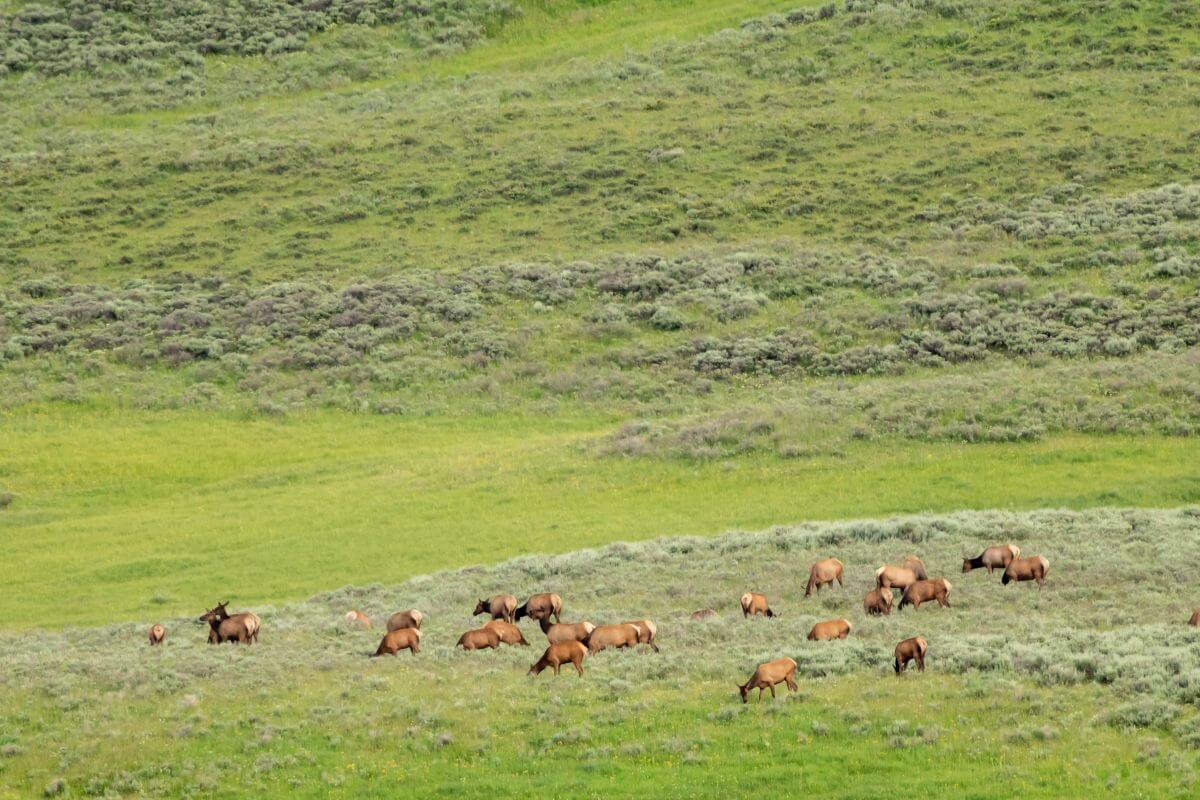
Montana’s shoulder season hunts offer a unique opportunity for hunters to pursue game during a special season outside of the traditional hunting periods. Typically taking place before or after the regular hunting season, the shoulder season allows for extended hunting opportunities.
In this overview, we will delve into the specific details of shoulder season hunts in Montana, including their purpose, the role of landowners, and the overall experience for hunters looking to take advantage of this special season.
1. Montana Shoulder Season Hunts
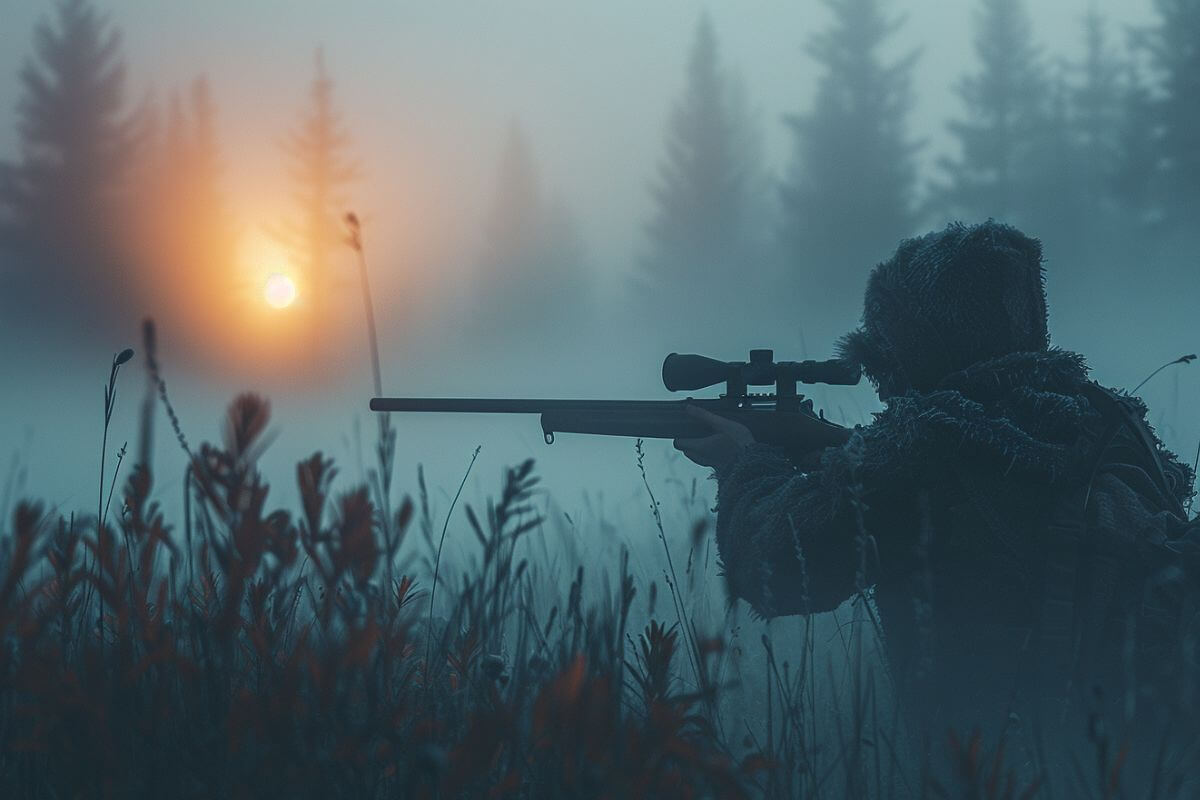
Montana shoulder season hunts are a special hunting opportunity that occurs outside the regular five-week general firearms and archery seasons for deer and elk. These shoulder seasons are designed to specifically focus on harvesting antlerless elk, particularly those found on private land.
The concept of shoulder seasons in Montana allows for the hunting of antlerless elk before or after the standard five-week general elk season. This provides hunters with an additional chance to pursue game and helps manage elk populations in areas where they may be causing issues.
It also allows for more flexibility in hunting and can potentially alleviate pressure on wildlife management areas. By targeting antlerless elk during these shoulder seasons, hunters can contribute to maintaining a balanced and sustainable elk population.
In all, the shoulder season hunts in Montana provide a valuable and targeted hunting opportunity that complements the existing general hunting seasons. Blood pulses, heart races; it’s a beat that many hunters find harmoniously different and equally thrilling.
2. Montana Shoulder Season Hunt Purpose
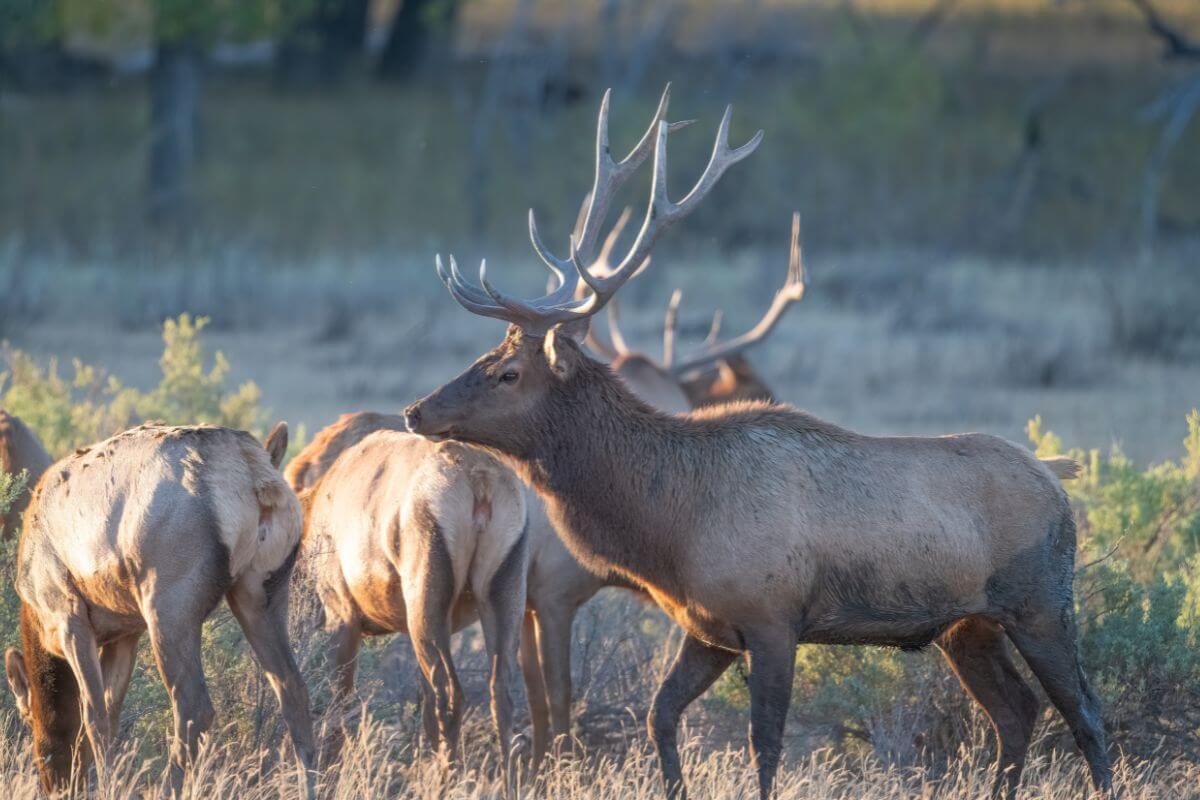
The primary purpose of elk shoulder seasons in Montana is to reduce elk populations in areas that are over the population objective as outlined in the Montana Elk Management Plan. These seasons represent a strategy for addressing concerns with over-objective elk populations and elk distribution.
Montana law requires Fish, Wildlife & Parks to manage elk populations to objective, and both Gov. Steve Bullock and their own Fish & Wildlife Commission have tasked FWP officials with addressing these concerns.
Most shoulder seasons focus on antlerless elk harvest on private land and are not intended to replace or reduce harvest during the existing archery or five-week general firearms seasons. However, a few shoulder seasons are meant to address the problematic distribution of elk.
Shoulder seasons are performance-based, meaning that certain criteria for timing and number of animals harvested must be met, as stated in their shoulder season guidelines which include 11 fundamental objectives for shoulder seasons. These performance-based shoulder seasons are essential for achieving and maintaining elk population objectives in Montana.
Elk herds, like everything else in life, need some room to breathe. Shouldering that responsibility is not just about legal compliance; it’s about conservation and sustainable game seasons.
3. Role of Hunters During Montana Shoulder Season
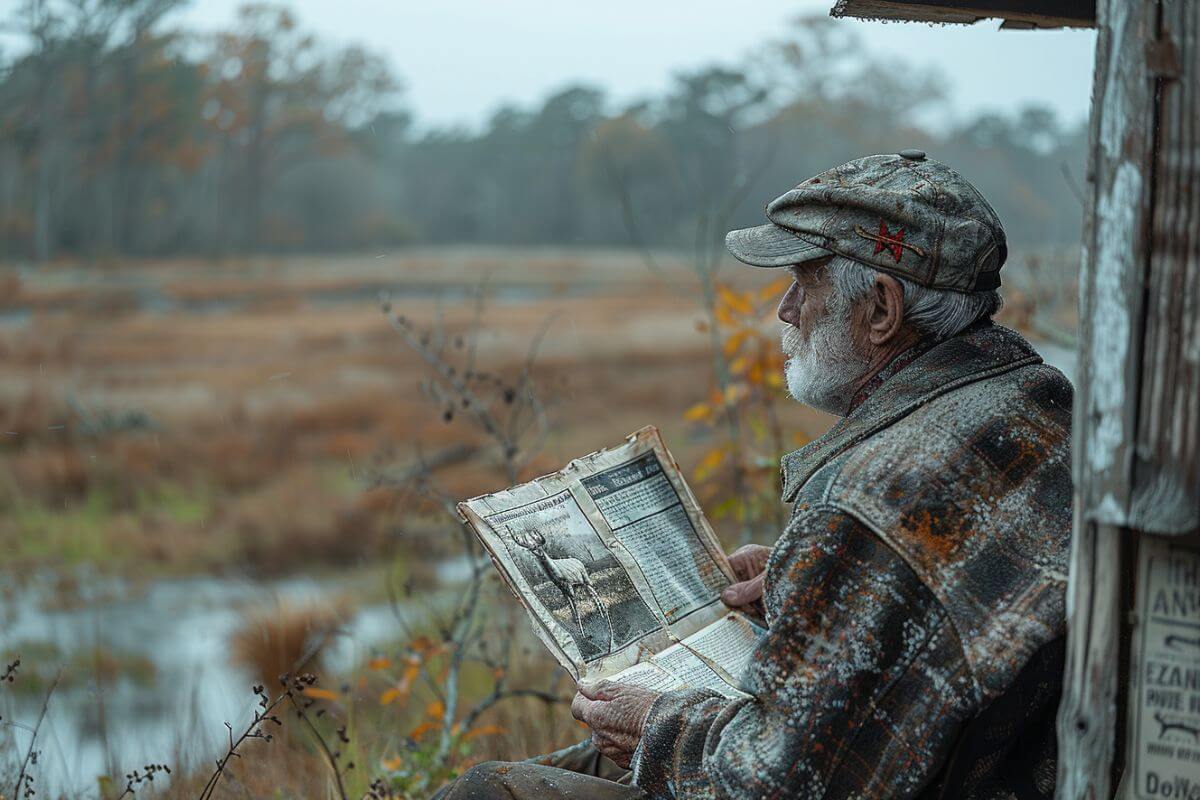
Hunters play a crucial role in the success of Montana’s shoulder seasons, particularly when it comes to hunting antlerless elk. These seasons provide hunters with the opportunity to primarily hunt antlerless elk on private land, with the success of the hunters relying heavily on landowner cooperation.
The Montana Fish, Wildlife & Parks (FWP) has made efforts to engage landowners in recognizing the important role they play in the success of the shoulder seasons. So as a hunter, here’s your checklist for the Montana Shoulder Hunt:
- Be familiar with the applicable licenses and permits allowed, checking the regulations of your district. Typically, hunters can utilize their general season elk license, antlerless elk permit, or an elk B license.
- Don’t expect an easy hunt; Montana elk can be as slippery as a greased pig at times.
- Remember to carry a map and check for local closures before heading to a Block Management hunt area.
- Start building relationships with landowners early. Seek landowner permission, keep communication lines open, and abide by their requests.
While private land is the primary stage for shoulder season hunts, the party isn’t just exclusive. Legally accessible public lands and participating Block Management lands are good to go with the right license – just watch out for CMR National Wildlife Refuge lands and those surprise fire closures on Block Management Areas.
So let’s take advantage of the shoulder season to do more for our elk – and our hunting culture – while also being courteous and conscientious neighbors to our landowning partners who offer private access for shoulder season hunts.
4. Role of Landowners During Montana Shoulder Season
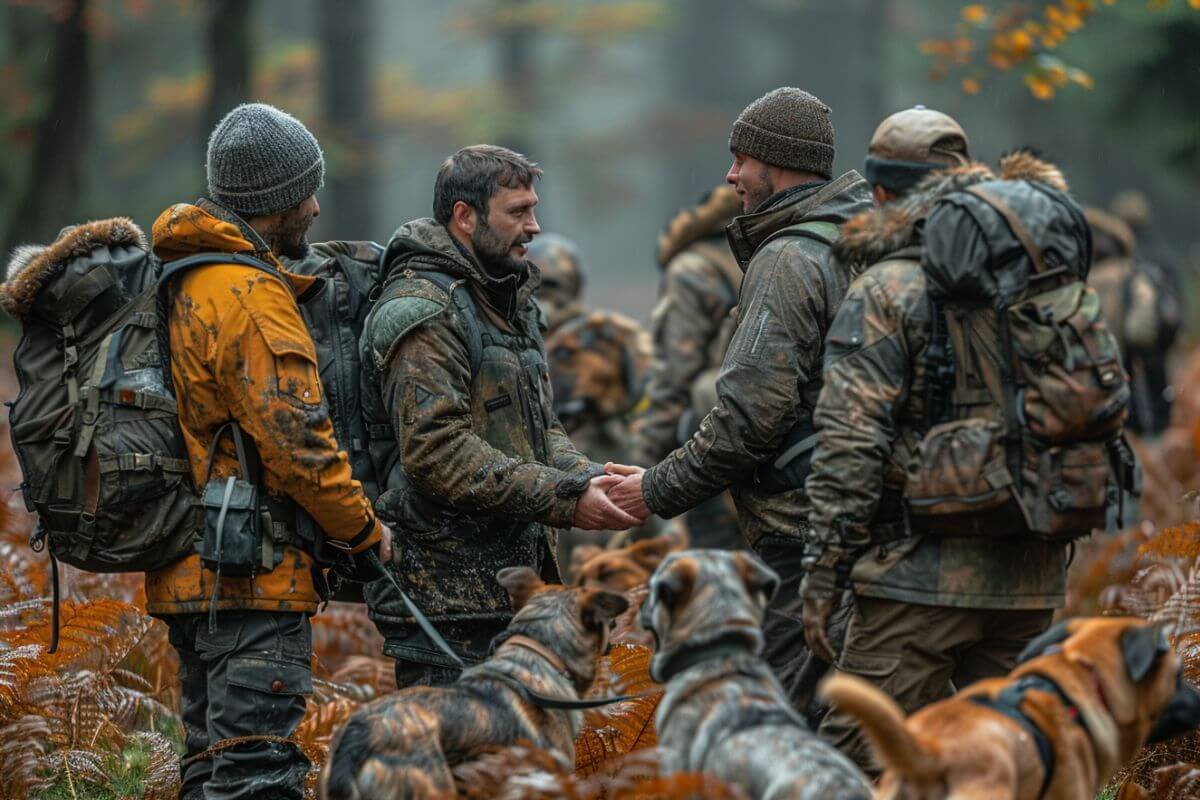
Landowners are an integral part of elk management in Montana. It’s no secret that the majority of the state’s elk call private lands their home for at least a portion of the year. This means landowners have a substantial role to play in the conservation and hunting of these majestic creatures.
If you’re a private landowner within the specially designated shoulder season districts that are home to elk, you can anticipate a few knocks at your door. These will be hunters, just as eager as you are to participate in the state’s unique shoulder hunting opportunities.
Montana Fish, Wildlife & Parks (FWP) have diligently reached out to landowners in every region to inform them about the shoulder seasons. They’ve also provided vital information on how the hunts are going to be coordinated and what you, as a landowner, can expect.
Here’s what you can do as a landowner during Montana’s shoulder seasons:
- Embrace the Role – As a landowner, understand the significance of your land in the larger scheme of elk management.
- Coordinate with FWP – Get in touch with your local FWP office to understand the dos and don’ts. Your input is valuable in ensuring safe, respectful hunting practices on your property.
- Know Your Rights – Familiarize yourself with your rights and responsibilities as a private landowner during the shoulder season.
In the grand picture of elk hunting and conservation, your landowner participation is vital. It’s a shared interest in preserving Montana’s precious wildlife while still offering thrilling hunting experiences.
5. FWP Contacts for Montana Shoulder Season Hunts
For localized shoulder season hunt information in Montana, there’s no better source than the Montana Fish, Wildlife & Parks (FWP) regional offices.
If you’re gearing up for a shoulder season hunt and have specific questions about shoulder seasons tailored to your region, here are the Montana FWP regional offices you should reach out to:
| Region | Address | Contact | Office Hours |
| Region 1 (Northwest Montana) | 490 North Meridian Road Kalispell, MT 59901 | (406) 752-5501, fwprg12@mt.gov | Monday – Friday, 8 a.m. – 5 p.m. |
| Region 2 (Western Montana) | 3201 Spurgin Road Missoula, MT 59804 | (406) 542-5500, fwprg22@mt.gov | Monday – Friday, 8 a.m. – 5 p.m. |
| Region 3 (Southwest Montana) | 1400 South 19th Bozeman, MT 59718 | 406) 577-7900, fwprg3@mt.gov | Monday – Friday, 8 a.m. – 5 p.m. |
| Region 4 (North-Central Montana) | 4600 Giant Springs Road Great Falls, MT 59405 | (406) 454-5840, fwprg42@mt.gov | Monday – Friday, 8 a.m. – 5 p.m. |
| Region 5 (South-Central Montana) | 2300 Lake Elmo Drive Billings, MT 59105 | (406) 247-2940, fwprg52@mt.gov | Monday – Friday, 8 a.m. – 5 p.m. |
| Region 6 (Northeast Montana) | 1 Airport Road Glasgow, MT 59230 | (406) 228-3700, fwprg62@mt.gov | Monday – Friday, 8 a.m. – 5 p.m. |
When it comes to game management and hunting regulations, local insight can up your chances of an enjoyable and successful shoulder season hunt, as each region might have varying restrictions or opportunities.
Montana Elk Shoulder Season Dates
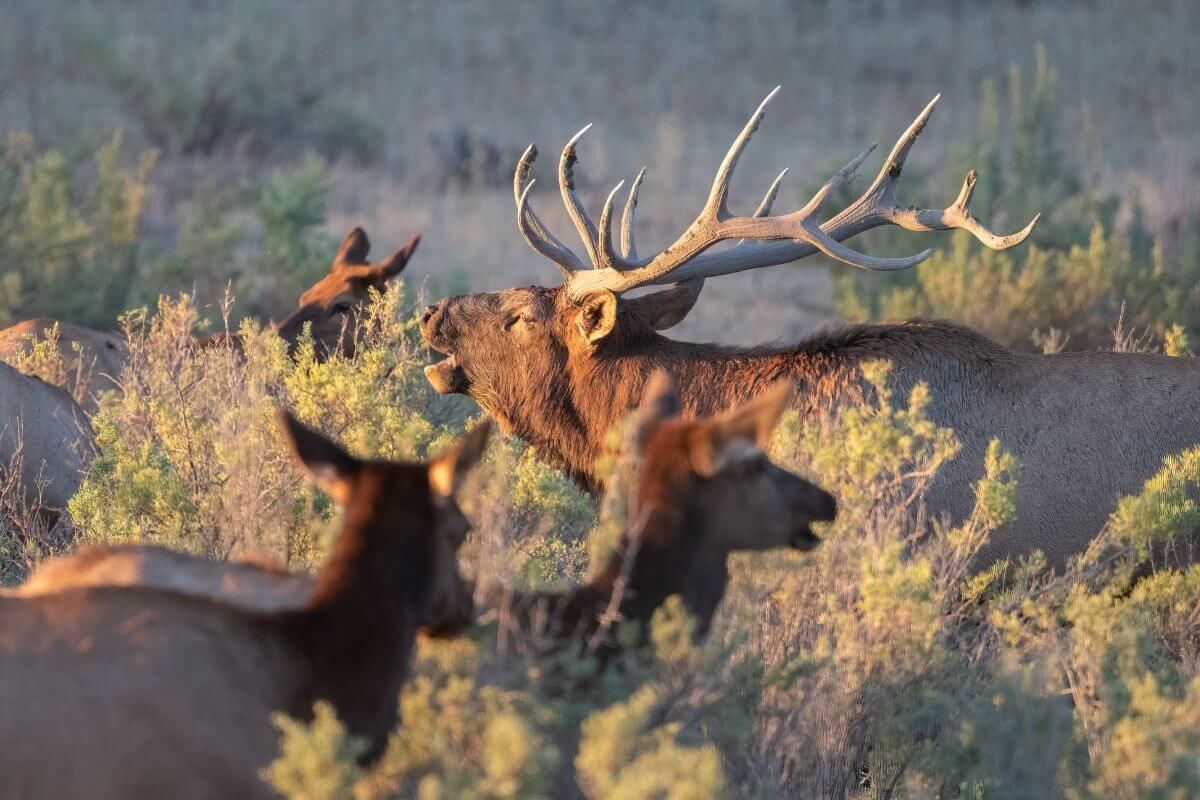
Elk shoulder seasons come with their intricacies, and understanding the timing is pivotal for a successful hunt. They vary in season timing, lengths, and function from hunting district to hunting district, so it’s important to know the regulations.
Here are some key things to know about Montana elk shoulder season dates:
- Different Strokes for Different Districts – In some areas, shoulder seasons start as early as Aug. 15, extending even to Feb. 15 in late shoulder season districts. Dates will vary district by district, aligning with archery season in some and excluding it in others. Most shoulder seasons during archery time are limited to private land.
- Early vs. Late Shoulder Seasons – There are early season dates and late season dates, with the early season occurring before the general or regular season, while late shoulder seasons happen after the general season.
- Hunting District Regulations – Before you pack up your license and gear, check the Montana Fish, Wildlife, and Parks hunting regulations for the season dates for each hunting district and region, as they may vary depending on the elk license or permit.
- Shoulder Season Licenses – Shoulder seasons for General Elk License and Elk B License are not the same, with opportunities ranging from Antlerless Elk hunting to Brow-tined Bull. Also, don’t let your deer license feel left out; there are shoulder seasons for it too.
Remember, nailing down the right shoulder season dates isn’t just about ethics; it’s also crucial for avoiding a chat with your least favorite game warden.
Montana Shoulder Season Hunts Final Thoughts
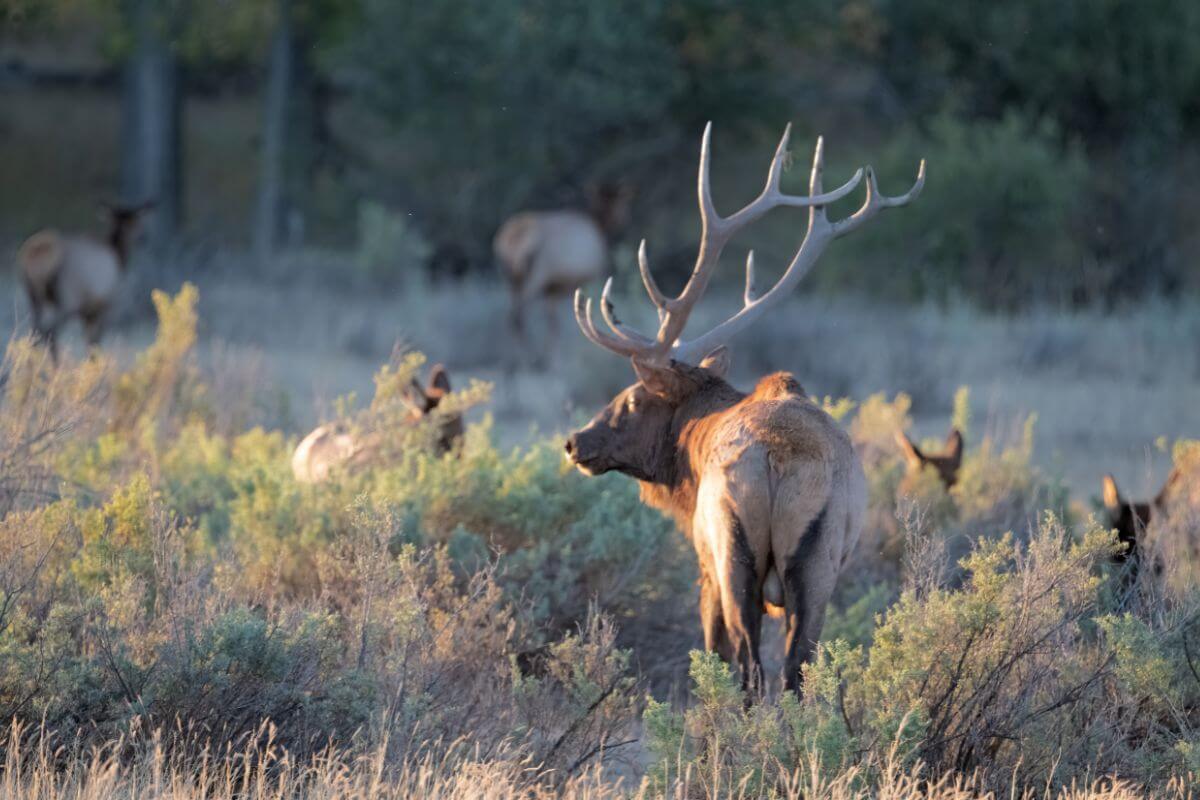
In a carefully orchestrated ballet that involves hunters, private land owners, and the Montana Fish, Wildlife & Parks, these extended hunting opportunities don’t just add more days to the calendar but an extra layer of respect and responsibility to the Montana hunting experience.
Understanding and embracing the purpose of these shoulder seasons, from population management to conservation, illuminates the way for a harmonious coexistence between hunting and the natural world.
In the grand scheme of Montana’s outdoor adventures, participating in a sustainable and well-managed shoulder season hunt is yet another way to honor the land and the animals that call it home. So, let’s do our part and ensure that the success of shoulder seasons doesn’t just last a season, but for generations to come.
The next time you venture into this extended hunting period, do it with a sense of partnership – with each other, with those who own the land where the elk roam, and with Montana itself. Within this collective effort, you’re not just bagging a prized elk; you’re safeguarding a heritage for both current and future generations of hunters.
Montana Elk Shoulder Season FAQs
1. What Is the Shoulder Season in Montana?
In Montana, the shoulder season refers to additional hunting opportunities created to manage elk populations effectively and address specific wildlife management goals. These seasons are divided into early and late shoulder seasons.
2. Why Is It Called Shoulder Season?
The term “shoulder season” in hunting originates from its position on the calendar, symbolically situated on the “shoulder” of the regular hunting seasons. The early shoulder season typically precedes the general season, while the late shoulder season follows it, creating a metaphorical “shoulder” on either side of the primary hunting timeframe.
3. How Many Elk Are in Montana?
Montana had an estimated elk population of around 150,000 to 160,000 individuals in recent years. However, population numbers can vary due to factors such as hunting seasons, habitat conditions, and wildlife management efforts.
4. What Months Are Hunting Season in Montana?
The hunting seasons in Montana vary depending on the species being hunted. For big game, such as elk and deer, the general hunting season typically runs from late September to late November. Specific dates may vary, and hunters should refer to the Montana Fish, Wildlife & Parks regulations for the most accurate and up-to-date information.
5. What Is the Hunting Age in Montana?
In Montana, the minimum age for big game hunting, including elk and deer, is 12 years old. However, individuals aged 10 and 11 may participate in the Apprentice Hunter Program, allowing them to hunt with an experienced mentor before reaching the minimum age for general hunting.
Learn in-depth about Montana through the article below:

